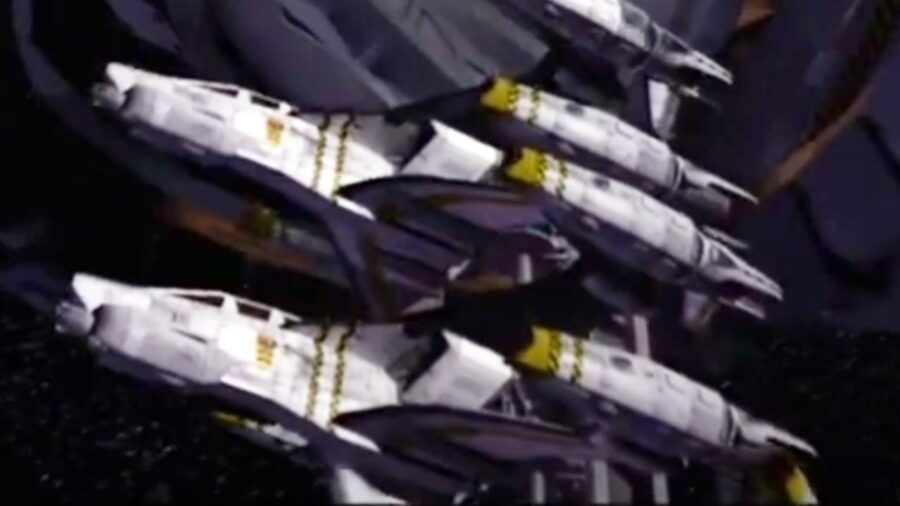
Sci-fi shows have, historically, been treated horribly by networks, from moving around timeslots to being unfairly canceled before they have a chance to develop a fanbase. But now, sci-fi is hot thanks to streaming, which is why we think these forgotten sci-fi series should get a second chance at life. Every show on this list lasted for under two seasons and never developed a fan following, which, yes, means there’s no Firefly on here or V, as these are truly overlooked shows.
Each of the sci-fi shows here had an incredible, almost undefinable something that could be expanded on in a remake. Either the cast was phenomenal, or the premise was fantastic, but there was a great hook that should attract an audience the second time around. This is a look back at the shows that, to borrow a line from Superman’s dad, “coulda been a contender.”
Max Headroom (1987-1988
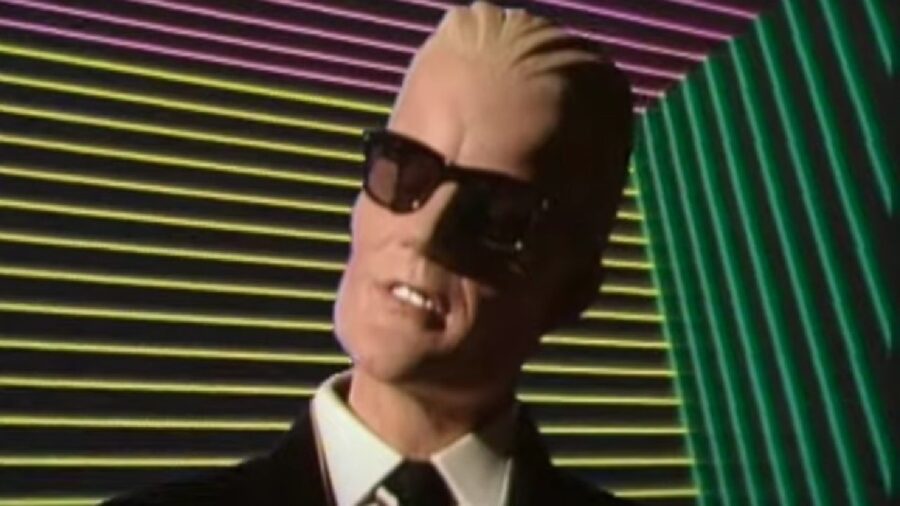
Of all the sci-fi shows on this list, this one has the most potential for an outright reboot. While the show obviously looks dated, it’s amazing how ahead of its time the show’s style and ideas were. It’s been decades since Max Headroom first hit the airwaves, but as a brilliant take-down of the media, it’s more relevant now in the age of social media.
Originally based on a British TV pilot, the short-lived Max Headroom series was a pitch-black slice of cyberpunk satire back when the genre was virtually untouched by television. It starred Matt Frewer as Edison Carter, an investigative journalist in a dystopian future effectively ruled by television networks. After he’s killed in a motorcycle crash, a copy of his brain is uploaded into a computer and thus is born “Max Headroom” (so named for the vehicle-clearance warning he sees before he dies…it had that sort of sense of humor).
A modern-day Max Headroom could play out like a cyberpunk South Park, taking shots at everything from social media influencers to artificial intelligence, and it would do so without sacrificing any of the original’s caustic, cynical bite. In fact, instead of involving someone being uploaded to cyberspace, the title character could be a streamer using an AI-generated “mask,” and what we get is the spiritual successor to Mr. Robot we’ve always wanted.
Space: Above and Beyond (1995-1996)
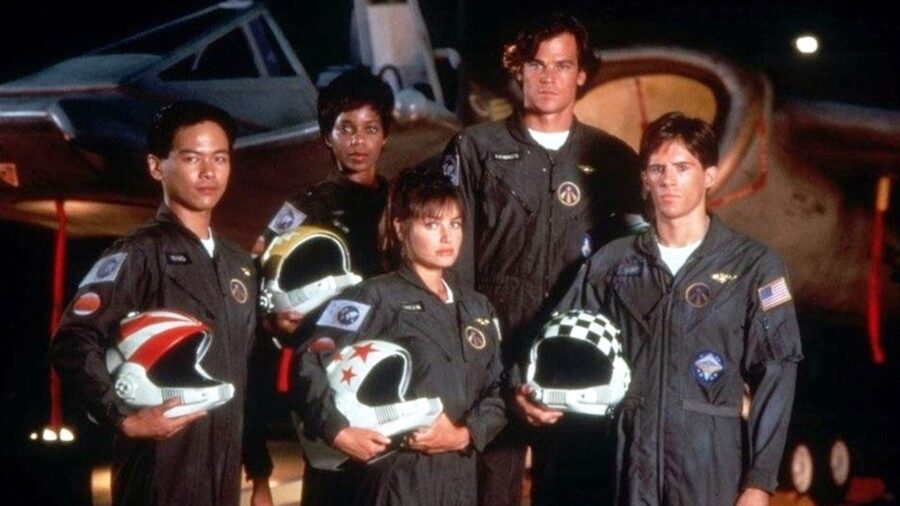
Few sci-fi shows have embraced the concept of a “military space campaign” quite like Space: Above and Beyond, which follows the United States Marine Corps Space Aviator Cavalry, 58th Squadron, known as the Wildcards. The men and women of the Wildcards are on the front lines of a battle against the Chigs, an insectoid species assaulting humanity’s first colony planet. It doesn’t sound like the most original show out there, and it’s not, but there’s enough meat on this bone that it’s worth a second helping.
Part of what makes Space: Above and Beyond fascinating is the concept of humans born organically, in vats, and their conflict with the “silicates,” A.I. creations of the colonists who have decided to work with the Chigs. The world, and to be honest, the acting from the mostly unknown (at the time) cast, was able to support “Who Monitors the Birds?” an episode that was mostly dialogue-free. At the time, it was a huge risk, and while it didn’t pay off then, audiences are now sophisticated enough to enjoy a military sci-fi show like Space: Above and Beyond.
With the creation of the Space Force over 20 years after the series went off the air, there’s now a perfect American military branch to anchor a new series.
Dark Skies (1996-1997)
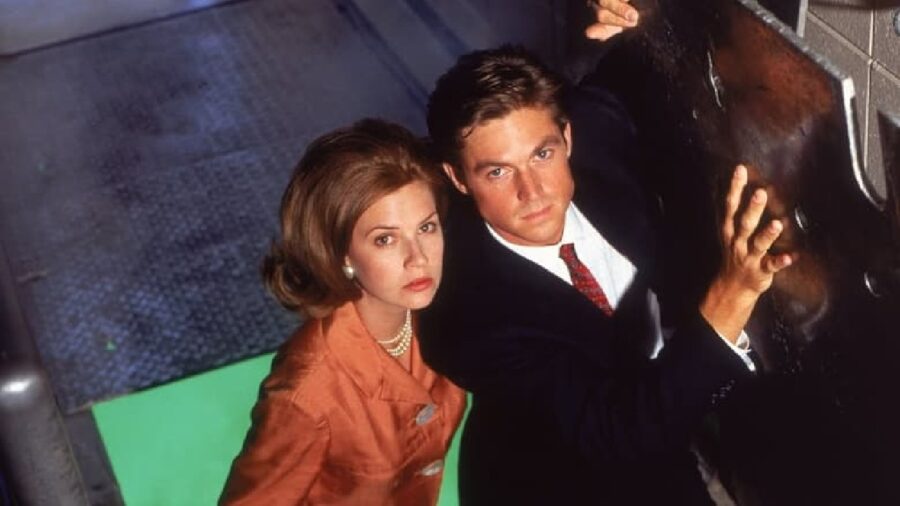
Whenever a sci-fi show becomes a massive success, other studios will follow with imitations, and when someone said, “Let’s make The X-Files, but set it in the 60s,” Dark Skies was born. Following government agent John Loengard and his girlfriend, Kim Sayers, as they go on the run from both the invading alien species, dubbed The Hive and the secret government cabal, the Majestic 12, Dark Skies was shockingly fun despite the nearly non-existent budget they had to work with.
Instead of major set pieces, Dark Skies played with American history, creating a massive conspiracy that touched every part of the government. For example, aliens landed at Area 51. They demanded humanity surrender, only to be met by a hail of gunfire, leaving behind their technology, which was taken apart and formed the basis of, for the 60s, modern life.
Dark Skies could easily be modified to become a “new” sci-fi show without giving up its unique setting. Period pieces are always in vogue, but that’s usually the case for dramas and crime shows and not sci-fi; this forgotten series could, once again, buck the trend. Mad Men, but with aliens, still sounds like a great concept.
Crusade (1999)
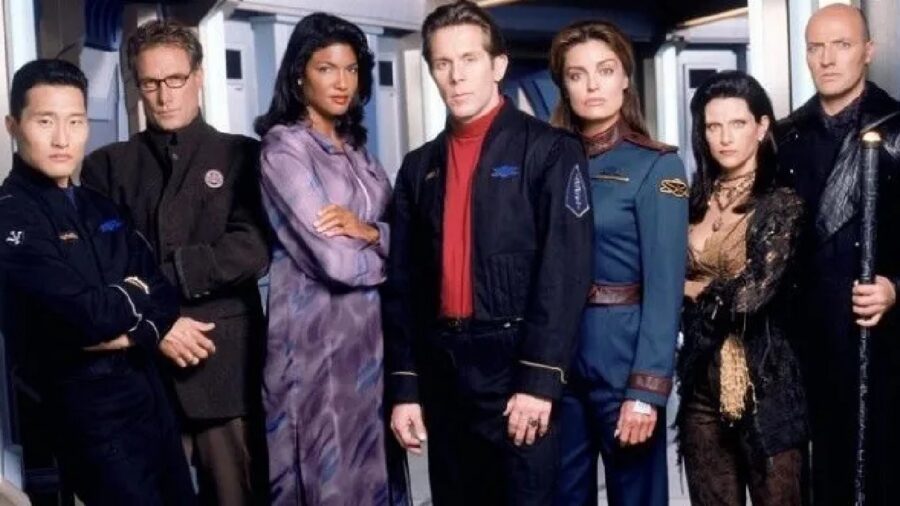
While Babylon 5 was a success, its spin-off, Crusade, suffered the classic fate of most 90s sci-fi shows and was “networked” to death by TNT. J. Michael Straczynski had a plan for the show, just as he did for the original, but the concept of “archaeological science fiction” wasn’t punchy enough for the studio suits, who demanded more and more, to the point that nuance and characterization were rendered moot by script changes.
If Crusade were to come back today, nothing would have to be changed as long as the writers followed the original outline for the series. The characters, what little we got to see of them, were fascinating, and the mysteries introduced, such as Gideon’s Apocalypse Box, are still the subject of fan theories today. There’s a hit sci-fi show right here, with all the parts included; they just have to be assembled according to the instructions.
John Doe (2002-2003)
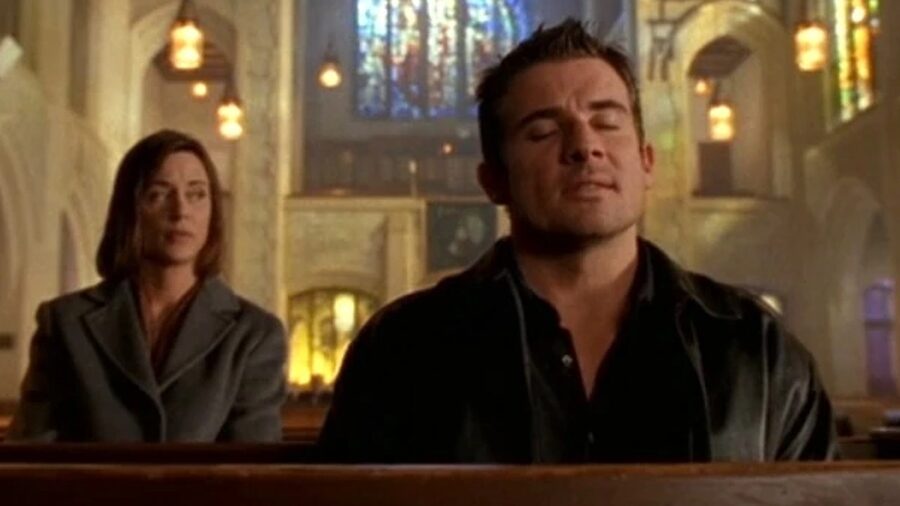
John Doe is one of those forgotten sci-fi shows with a brilliant premise: a man washes up on shore with no memory of who he is, yet he seemingly knows everything else in existence. It’s usually easy to mock amnesia as a plot device, but somehow, this overlooked procedural made it work. Part of that is the talent of lead Dominic Purcell, and the other part is, that with a hook like that, the series could go in any direction, and it would make sense.
Now, that being said, years after John Doe went off the air, series creators Brandon Camp and Mike Thompson did explain the mystery behind the title character, and well, it was disappointing. So if this does get remade, changing the destination to better reflect the fun journey is perfectly allowed. What a remake would have to get 100 percent right though, is finding a charismatic lead that can carry the show and get fans on board with an amnesia plot.
Well, that, and this time around, don’t let Fox move around the timeslot, and try to air episodes that are out of order.
Journeyman (2007)

Another overlooked sci-fi show with an intriguing concept, Journeyman built off the classic time-travel plot of “set right what once went wrong” and layered on top of it fascinating mythology of multiple time travelers, how Dan received this power, and, most importantly, why. The original series included the fun twist of Dan’s presumed dead fiance, Livia, who is also a time traveler, except she’s moving forward (originally from 1948), while Dan is often going backward (starting from 2007).
If Journeyman sounds a little like the classic series, Quantum Leap, you’re on the right track. The difference is in the use of a wide-ranging myth arc on top of the “case of the week” format, and as countless procedurals have proved over the years, there’s still an audience for this format. Once again, as with so many other sci-fi shows on this list, the network lost faith in the series and cut it short after only a partial season.
If done properly, the concept beyond Journeyman is strong enough that it could air for a decade without running out of things to say.
Flashforward (2009-2010)
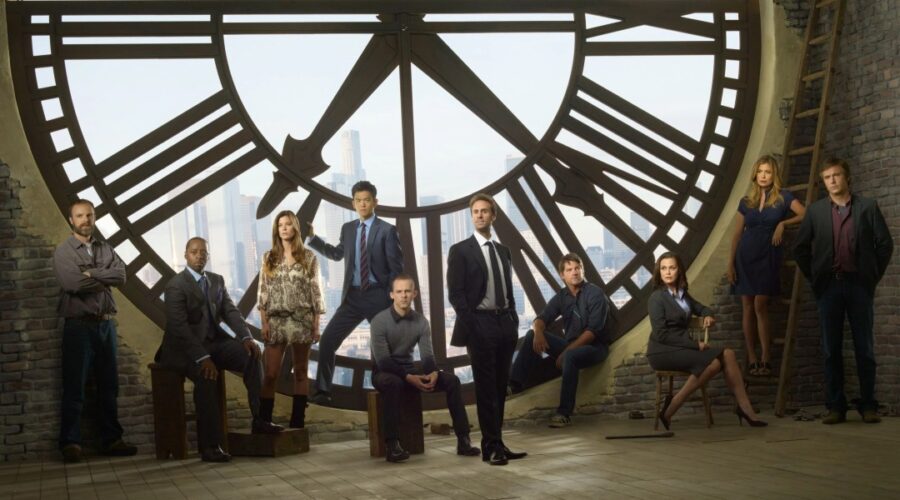
Released in the wake of Lost popularizing the mystery box-style of sci-fi shows, Flashforward follows two FBI agents unraveling the mystery behind why everyone fell unconscious one day and saw themselves six months in the future. Or, as it turns out, some people did not see a “flash forward,” which they took to mean that they would instead be dead by then. It was a fascinating mystery that mined plenty of narrative drama out of people trying to make their “flash forward” come true and turned an episode about a side character we had never seen before into one of the most touching of the series.
Flashforward benefitted from plenty of marketing, had the support of ABC, and was created by legendary Star Trek writer Brannon Braga, so it started out hot with a massive debut. But then, the same sci-fi show story started to unfold as the network sent in on an extended hiatus, and all momentum behind the mystery was lost. Again, the show did nothing wrong, but network interference cut it off at the knees.
Though the mystery box style of sci-fi shows has fallen from its height of popularity, Flashforward has an intriguing premise behind it, which allo
ws for countless storytelling possibilities. If done right on a streamer with a lower episode count for each season, it could be the series that brings back a lost subgenre.
Terra Nova (2011)
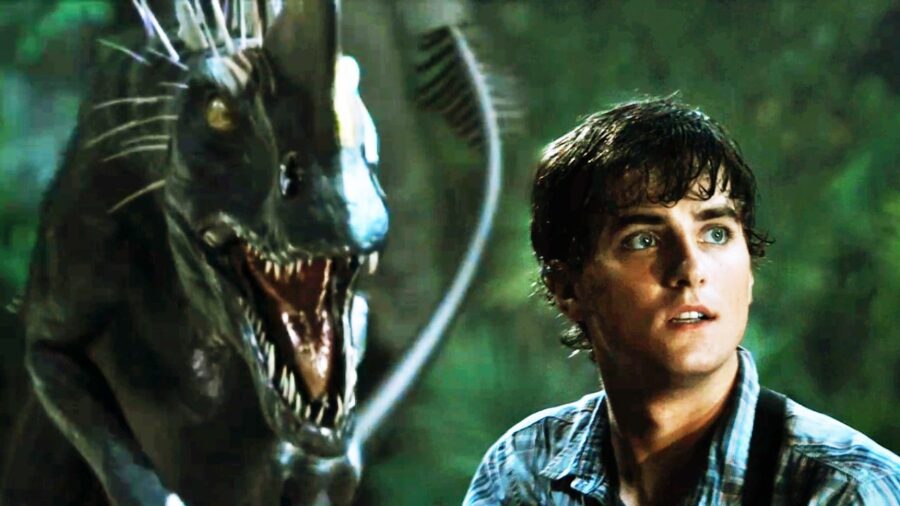
10 years after Fox jerked Firefly fans around, the network was back at it with Terra Nova, a sci-fi show about a devastated future that’s sending colonists to the distant parallel past, very distant as it turns out, a whole 65 million years earlier. Complicating things is the sixth wave of colonists, tasked with sending resources back to the future for corporate profits, largely rebels, resulting in an insurrectionist movement that culminates in launching an attack on the future (or the present…it gets complicated).
Terra Nova ends with a bang, making the slog through the tedious middle episodes worth it, especially since the attack involves a T-Rex. That was, sadly, the end of the series, though, as it only lasted one season, partly due to the enormous budget and also the diminishing ratings. Again, this is another sci-fi show that would benefit from being on a streaming service and airing a tight eight-episode season of pure future tech vs. dinosaurs mayhem.





